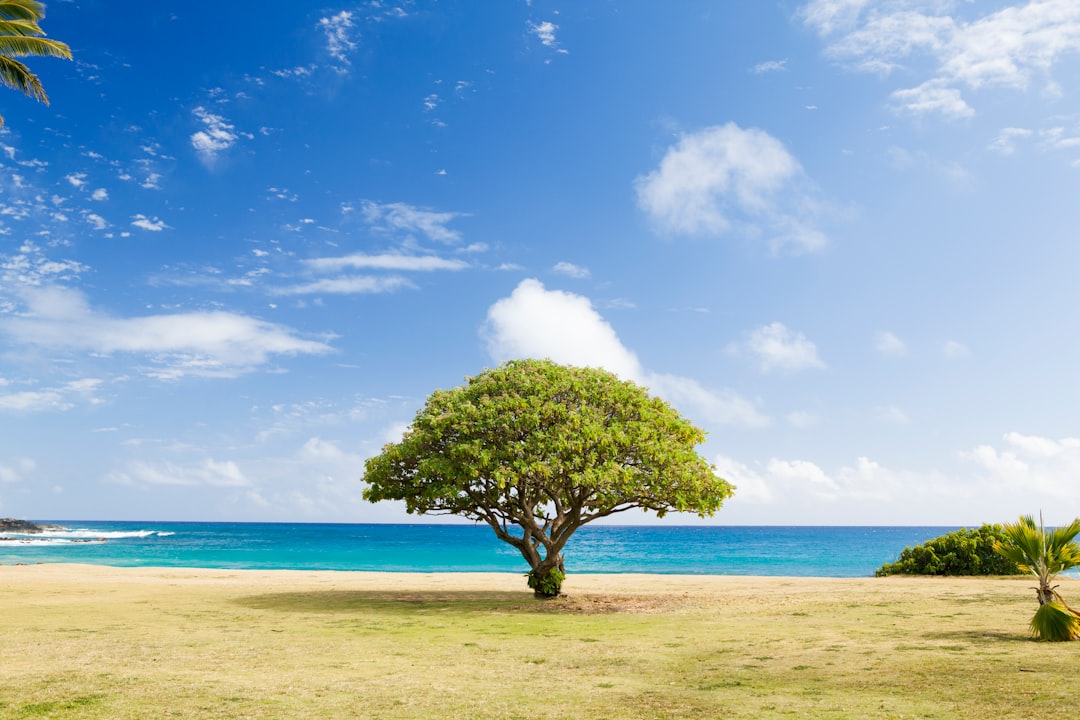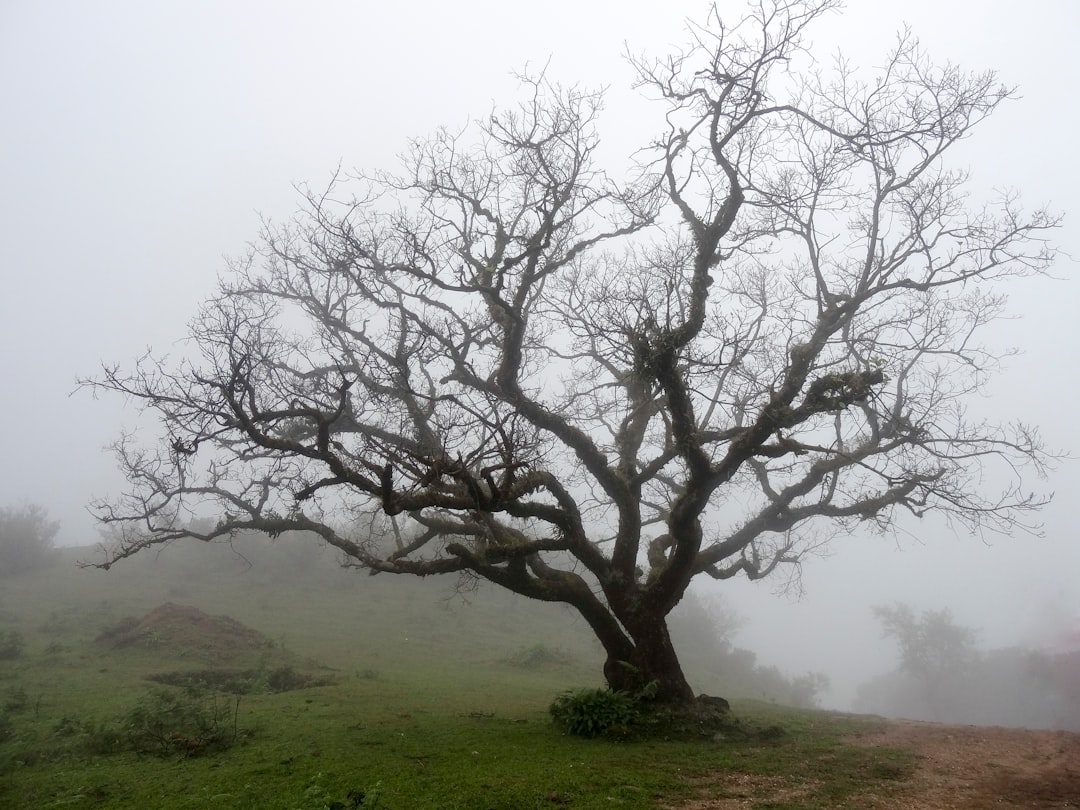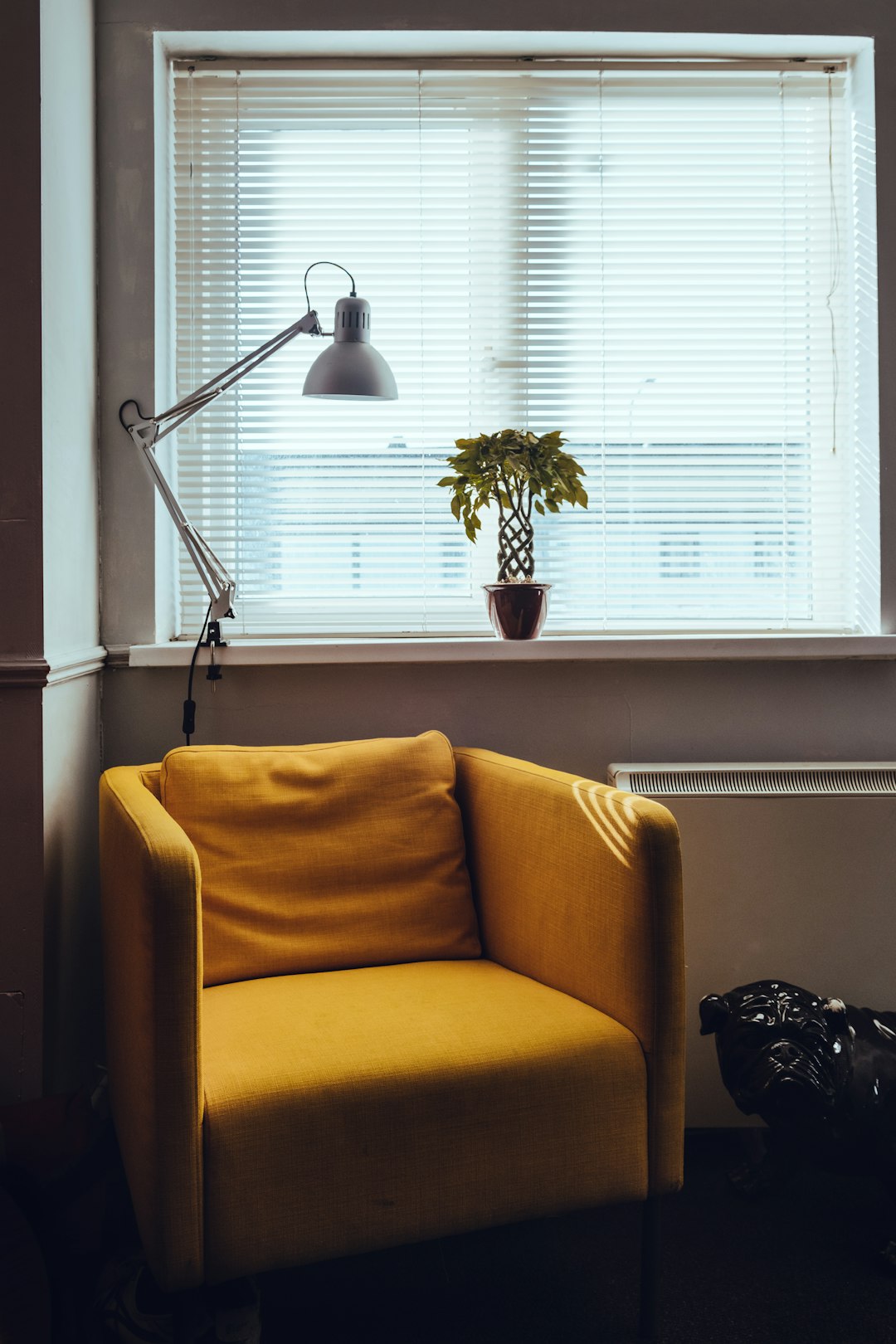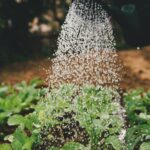Support our educational content for free when you buy through links on our site. Learn more
Ever wondered how those tiny, elegant bonsai trees thrive inside cozy living rooms and office desks? Caring for an indoor bonsai is like nurturing a living work of art—requiring patience, precision, and a little botanical know-how. Did you know that over 70% of indoor bonsai failures come down to improper watering and lighting? But don’t worry, we’re about to unlock the secrets that will keep your miniature tree flourishing year-round.
In this guide, we’ll walk you through 12 expert tips—from choosing the perfect species and soil mix to mastering watering, pruning, and humidity hacks. Whether you’re a beginner or looking to elevate your bonsai game, you’ll discover how to transform your indoor bonsai into a lush, vibrant centerpiece that breathes life and calm into your space. Ready to become a bonsai whisperer? Let’s dive in!
Key Takeaways
- Select the right indoor bonsai species like Ficus or Schefflera for best results.
- Master watering by checking soil moisture daily and avoiding overwatering.
- Provide bright, indirect light or supplement with LED grow lights for healthy growth.
- Maintain humidity with trays and misting to mimic natural tropical environments.
- Prune and wire carefully to shape your bonsai and encourage lush foliage.
- Use specialist bonsai soil mixes and fertilizers tailored for indoor trees.
- Repot every 2-5 years with fresh soil to refresh roots and promote vitality.
Ready to get your bonsai thriving?
- 👉 Shop Bonsai Soil Mixes: Amazon | Walmart
- Explore Bonsai Tools: Amazon | Etsy
- Find Bonsai Fertilizers: Amazon | Walmart
Table of Contents
- Quick Tips and Facts for Indoor Bonsai Care 🌿
- The Art & Origins of Indoor Bonsai Trees: A Brief History 🌱
- Which Bonsai Tree Thrives Indoors? Top Picks for Your Home 🌟
- Mastering Indoor Bonsai Tree Care: Watering, Light & More 💧☀️
- Soil Secrets: Choosing the Best Bonsai Soil Mix for Indoor Success 🌾
- Pruning and Wiring Indoors: Sculpting Your Miniature Tree Like a Pro ✂️🌳
- Humidity Hacks: Creating the Perfect Indoor Climate for Your Bonsai 💨🌬️
- Fertilizing Your Indoor Bonsai: Feeding Tips for Lush Growth 🌿🍽️
- Common Indoor Bonsai Problems & How to Fix Them 🐛🚫
- Repotting Your Indoor Bonsai: When and How to Refresh the Roots 🌱🔄
- Seasonal Care Guide: Keeping Your Indoor Bonsai Happy Year-Round ❄️☀️🍂🌸
- Bonsai Tools & Accessories: Must-Haves for Indoor Tree Enthusiasts 🛠️🌿
- Creative Display Ideas: Showcasing Your Indoor Bonsai Like a Living Artwork 🎨🌳
- Conclusion: Your Journey to Indoor Bonsai Mastery 🌟
- Recommended Links for Bonsai Enthusiasts 🔗
- FAQ: Your Burning Indoor Bonsai Questions Answered ❓🌿
- Reference Links & Resources for Further Reading 📚
Quick Tips and Facts for Indoor Bonsai Care 🌿
To create your own Zen Garden with a Real Bonsai Tree 🌳, check out our article Create Your Zen Garden with a Real Bonsai Tree: 10 Tips! for inspiration. Here are some essential tips to get you started:
- Choose the right tree: Select a species that thrives indoors, such as Ficus or Schefflera.
- Provide sufficient light: Place your bonsai in a bright location, but avoid direct sunlight.
- Maintain humidity: Use a humidity tray or mist your bonsai regularly to keep the air moist.
- Water carefully: Check the soil daily and water when it feels damp, but not dry.
- Fertilize regularly: Use a specialist bonsai fertilizer to promote healthy growth.
Key Facts About Indoor Bonsai Care
| Fact | Description |
|---|---|
| Tree Species | Tropical and subtropical trees are best for indoor bonsai care |
| Lighting | Bright, indirect light is essential for healthy growth |
| Humidity | Maintain a humid environment to prevent dryness and stress |
| Watering | Water when the soil feels damp, but not dry |
| Fertilization | Use a specialist bonsai fertilizer to promote healthy growth |
The Art & Origins of Indoor Bonsai Trees: A Brief History 🌱

Bonsai trees have a rich history that dates back thousands of years. According to Bonsai Empire, the art of bonsai originated in China and was later refined in Japan. To learn more about the history of bonsai, visit our Bonsai for Beginners section.
The Evolution of Bonsai
The art of bonsai has evolved over time, with different species and styles emerging. For example, the Ficus species is a popular choice for indoor bonsai care, as it is tolerant of low humidity and light levels. You can find more information on Bonsai Species Guide.
Which Bonsai Tree Thrives Indoors? Top Picks for Your Home 🌟
When it comes to choosing the right bonsai tree for your home, there are several factors to consider. According to Gardeners World, some of the best indoor bonsai trees include:
- Ficus bonsai (Ficus retusa and Ficus benjamina): Tolerant of lower humidity and light levels, good for beginners.
- Hawaiian umbrella (Schefflera) bonsai: Copes well with low light and humidity, but doesn’t do well with wiring.
- Chinese elm bonsai: Grows quickly, tolerates pruning and irregular watering, good for beginners.
Comparison of Indoor Bonsai Trees
| Tree Species | Lighting Requirements | Humidity Requirements |
|---|---|---|
| Ficus | Low to medium | Medium to high |
| Schefflera | Low to medium | Medium to high |
| Chinese Elm | Medium to high | Medium to high |
Mastering Indoor Bonsai Tree Care: Watering, Light & More 💧☀️
To master indoor bonsai tree care, it’s essential to understand the specific needs of your tree. According to Bonsai Direct, watering is the most critical aspect of indoor bonsai care. Here are some tips to get you started:
- Check the soil daily: Water when the soil feels damp, but not dry.
- Avoid overwatering: Make sure the pot has good drainage holes to prevent waterlogged soil.
- Provide sufficient light: Place your bonsai in a bright location, but avoid direct sunlight.
Watering Tips
| Tip | Description |
|---|---|
| Check the soil daily | Water when the soil feels damp, but not dry |
| Avoid overwatering | Make sure the pot has good drainage holes to prevent waterlogged soil |
| Use a moisture meter | Invest in a moisture meter to ensure accurate watering |
Soil Secrets: Choosing the Best Bonsai Soil Mix for Indoor Success 🌾
The right soil mix is essential for indoor bonsai success. According to Gardeners World, a good bonsai soil mix should be well-draining and rich in nutrients. Here are some tips to help you choose the best soil mix:
- Look for a mix specifically designed for bonsai trees: These mixes are usually formulated to provide the right balance of nutrients and drainage.
- Avoid using regular potting soil: Regular potting soil can be too dense and may cause waterlogging.
Comparison of Bonsai Soil Mixes
| Soil Mix | Description | Price |
|---|---|---|
| Bonsai Jack | Well-draining, rich in nutrients | |
| Pro-Mix | Specifically designed for bonsai trees | |
| Miracle-Gro | Balanced fertilizer, good drainage |
Pruning and Wiring Indoors: Sculpting Your Miniature Tree Like a Pro ✂️🌳
Pruning and wiring are essential techniques for shaping your indoor bonsai tree. According to Bonsai Empire, pruning helps maintain the tree’s shape and promotes healthy growth. Here are some tips to get you started:
- Use the right tools: Invest in a good pair of bonsai scissors and wire cutters.
- Prune regularly: Prune your tree regularly to maintain its shape and promote healthy growth.
Pruning Tips
| Tip | Description |
|---|---|
| Use the right tools | Invest in a good pair of bonsai scissors and wire cutters |
| Prune regularly | Prune your tree regularly to maintain its shape and promote healthy growth |
| Cut back new shoots | Cut back new shoots to the first pair of new leaves |
Humidity Hacks: Creating the Perfect Indoor Climate for Your Bonsai 💨🌬️
Maintaining the right humidity level is crucial for indoor bonsai care. According to Bonsai Direct, here are some tips to help you create the perfect indoor climate:
- Use a humidity tray: Place your bonsai on a humidity tray to increase the humidity around the tree.
- Mist regularly: Mist your bonsai regularly to maintain a humid environment.
Humidity Tips
| Tip | Description |
|---|---|
| Use a humidity tray | Place your bonsai on a humidity tray to increase the humidity around the tree |
| Mist regularly | Mist your bonsai regularly to maintain a humid environment |
| Monitor the temperature | Keep the temperature consistent to prevent stress |
Fertilizing Your Indoor Bonsai: Feeding Tips for Lush Growth 🌿🍽️
Fertilizing your indoor bonsai tree is essential for promoting healthy growth. According to Gardeners World, here are some tips to help you fertilize your tree:
- Use a specialist bonsai fertilizer: These fertilizers are specifically designed for bonsai trees and provide the right balance of nutrients.
- Fertilize regularly: Fertilize your tree regularly to promote healthy growth.
Fertilization Tips
| Tip | Description |
|---|---|
| Use a specialist bonsai fertilizer | These fertilizers are specifically designed for bonsai trees and provide the right balance of nutrients |
| Fertilize regularly | Fertilize your tree regularly to promote healthy growth |
| Follow the instructions | Follow the instructions on the fertilizer package for the right dosage |
Common Indoor Bonsai Problems & How to Fix Them 🐛🚫
Indoor bonsai trees can be prone to certain problems, such as pests and diseases. According to Bonsai Empire, here are some common problems and how to fix them:
- Pests: Check your tree regularly for pests, such as spider mites and mealybugs.
- Diseases: Inspect your tree regularly for signs of disease, such as yellowing leaves or black spots.
Common Problems
| Problem | Description | Solution |
|---|---|---|
| Pests | Check your tree regularly for pests, such as spider mites and mealybugs | Use insecticidal soap or neem oil |
| Diseases | Inspect your tree regularly for signs of disease, such as yellowing leaves or black spots | Use a fungicide or bactericide |
| Nutrient deficiency | Yellowing leaves or stunted growth | Fertilize your tree regularly |
Repotting Your Indoor Bonsai: When and How to Refresh the Roots 🌱🔄
Repotting your indoor bonsai tree is essential for maintaining its health and promoting growth. According to Gardeners World, here are some tips to help you repot your tree:
- Choose the right pot: Select a pot that is slightly larger than the previous one.
- Use fresh soil: Use fresh, well-draining soil to prevent waterlogging.
Repotting Tips
| Tip | Description |
|---|---|
| Choose the right pot | Select a pot that is slightly larger than the previous one |
| Use fresh soil | Use fresh, well-draining soil to prevent waterlogging |
| Prune the roots | Prune the roots to promote new growth |
Seasonal Care Guide: Keeping Your Indoor Bonsai Happy Year-Round ❄️☀️🍂🌸
Indoor bonsai trees require different care during different seasons. According to Bonsai Direct, here are some tips to help you care for your tree during different seasons:
- Spring: Fertilize your tree regularly and prune new shoots.
- Summer: Provide sufficient light and maintain a humid environment.
- Autumn: Reduce fertilization and protect your tree from cold temperatures.
- Winter: Provide less light and maintain a cooler temperature.
Seasonal Care Tips
| Season | Tip | Description |
|---|---|---|
| Spring | Fertilize regularly | Fertilize your tree regularly to promote healthy growth |
| Summer | Provide sufficient light | Provide sufficient light and maintain a humid environment |
| Autumn | Reduce fertilization | Reduce fertilization and protect your tree from cold temperatures |
| Winter | Provide less light | Provide less light and maintain a cooler temperature |
Bonsai Tools & Accessories: Must-Haves for Indoor Tree Enthusiasts 🛠️🌿
Having the right tools and accessories is essential for indoor bonsai care. According to Bonsai Empire, here are some must-haves:
- Bonsai scissors: Invest in a good pair of bonsai scissors for pruning and shaping.
- Wire cutters: Use wire cutters to cut and shape the wire for your tree.
Bonsai Tools and Accessories
| Tool/Accessory | Description | Price |
|---|---|---|
| Bonsai scissors | Invest in a good pair of bonsai scissors for pruning and shaping | |
| Wire cutters | Use wire cutters to cut and shape the wire for your tree | |
| Humidity tray | Place your bonsai on a humidity tray to increase the humidity around the tree |
Creative Display Ideas: Showcasing Your Indoor Bonsai Like a Living Artwork 🎨🌳
Displaying your indoor bonsai tree can be a fun and creative process. According to Gardeners World, here are some ideas to get you started:
- Use a decorative pot: Choose a pot that complements your tree’s style and color.
- Add decorative rocks or moss: Add decorative rocks or moss to the pot to create a visually appealing display.
Display Ideas
| Idea | Description |
|---|---|
| Use a decorative pot | Choose a pot that complements your tree’s style and color |
| Add decorative rocks or moss | Add decorative rocks or moss to the pot to create a visually appealing display |
| Create a bonsai garden | Create a bonsai garden with multiple trees and decorative elements |
Conclusion: Your Journey to Indoor Bonsai Mastery 🌟

Caring for an indoor bonsai tree is a rewarding journey that blends art, patience, and a touch of science. From selecting the right species like the resilient Ficus or charming Schefflera, to mastering watering, lighting, pruning, and humidity — every step shapes your miniature masterpiece. Remember, bonsai trees are not just plants; they’re living sculptures that respond to your care and creativity.
We’ve uncovered the secrets to watering just right (no robotic schedules here!), maintaining optimal humidity with trays and misting, and choosing the perfect soil mix for healthy roots. Plus, pruning and wiring techniques let you sculpt your bonsai’s personality over time. Seasonal care keeps your tree thriving year-round, while the right tools—bonsai scissors, wire cutters, and humidity trays—make your work easier and more precise.
If you’ve been wondering how to display your bonsai like a living artwork, now you have plenty of creative ideas to showcase its beauty in your home.
At Bonsai Garden™, we confidently recommend starting with beginner-friendly species like the Ficus bonsai for indoor care. It’s forgiving, adaptable, and a fantastic teacher for new bonsai enthusiasts. Pair it with quality bonsai soil mixes like Bonsai Jack or Pro-Mix, and invest in essential tools for the best experience.
Your bonsai will thank you with lush growth, elegant shapes, and a calming presence that transforms your indoor space into a peaceful sanctuary. Ready to start? Dive into our recommended products and resources below and watch your bonsai journey flourish!
Recommended Links for Bonsai Enthusiasts 🔗
- Bonsai Jack Soil Mix:
Amazon | Walmart - Pro-Mix Bonsai Soil:
Amazon | Walmart - Bonsai Scissors:
Amazon | Etsy - Wire Cutters for Bonsai:
Amazon - Humidity Tray for Bonsai:
Amazon - Books:
The Bonsai Handbook by David Prescott — Amazon
Indoor Bonsai by Paul Lesniewicz — Amazon
FAQ: Your Burning Indoor Bonsai Questions Answered ❓🌿

What are the best species of bonsai trees for indoor growth and care?
The best indoor bonsai species are typically tropical or subtropical trees that don’t require a winter dormancy period. Top picks include:
- Ficus bonsai (Ficus retusa, Ficus benjamina): Highly tolerant of indoor conditions, including lower humidity and light. Great for beginners due to resilience.
- Schefflera (Hawaiian umbrella): Thrives in low light and humidity but is sensitive to wiring.
- Chinese Elm: Fast-growing and forgiving, tolerates irregular watering and pruning.
- Fukien Tea (Carmona): Needs bright light and consistent temperatures, with higher humidity requirements.
These species adapt well to indoor environments where light and humidity are limited compared to outdoors. For more species insights, visit our Bonsai Species Guide.
Read more about “What Are the 10 Essentials for Your Home Bonsai Garden? 🌳”
How often should I water my indoor bonsai tree to prevent overwatering or underwatering?
Watering is the most critical and nuanced part of bonsai care. Unlike routine watering schedules, bonsai watering depends on soil moisture and tree needs:
- Check soil daily: Use your finger or a moisture meter to assess soil dampness. Water only when the topsoil feels slightly dry but not bone dry.
- Water thoroughly: When watering, soak the soil until water drains from the bottom to ensure the entire root ball is hydrated.
- Avoid waterlogging: Ensure pots have drainage holes; standing water causes root rot.
- Submerge if dry: If soil becomes hard and dry, submerge the pot in water for about 10 minutes to rehydrate.
Indoor bonsai in small pots dry out faster, so vigilance is key. Overwatering leads to root rot; underwatering stresses the tree and causes leaf drop. Balance is everything!
What kind of lighting and humidity conditions do bonsai trees require to thrive indoors?
Lighting:
- Bonsai trees need bright, indirect light to photosynthesize properly. A south-facing window is ideal.
- If natural light is insufficient, supplement with LED grow lights for about 10 hours daily.
- Avoid harsh direct sunlight that can scorch leaves, especially in summer.
Humidity:
- Indoor air tends to be dry, especially in heated or air-conditioned rooms. Bonsai thrive at higher humidity levels (50-70%).
- Use a humidity tray filled with water and pebbles beneath the pot to increase local humidity.
- Misting the foliage a few times daily helps, but avoid water pooling on leaves to prevent fungal issues.
- Circulating fresh air by opening windows occasionally also benefits your bonsai.
Maintaining these conditions mimics the tree’s natural tropical or subtropical environment, essential for indoor success.
How do I prune and fertilize my indoor bonsai tree to maintain its shape and promote healthy growth?
Pruning:
- Regular pruning keeps your bonsai’s shape elegant and balanced.
- Use sharp bonsai scissors to cut back new shoots to the first pair of leaves once they reach 2-3 cm.
- Perform hard pruning in early spring to remove straggly or unwanted branches.
- Wiring can help shape branches but be cautious indoors as some species (like Schefflera) are sensitive.
Fertilizing:
- Bonsai have limited soil and nutrients, so regular feeding is essential.
- Use a specialist bonsai fertilizer with balanced NPK ratios, applied every 1-2 weeks during growing seasons (spring to autumn).
- Reduce feeding frequency in winter to about once a month.
- Over-fertilizing can burn roots; always follow package instructions.
Proper pruning and fertilizing work hand-in-hand to keep your bonsai healthy, vigorous, and beautifully shaped.
How do I repot my indoor bonsai tree without stressing it?
Repotting refreshes soil and encourages healthy root growth but can stress your bonsai if done improperly:
- Repot every 2-5 years, more frequently for young trees.
- Best done in early spring before new growth starts.
- Use a pot slightly larger or equal in size to the current one with fresh, well-draining bonsai soil.
- Gently remove the tree, prune circling roots (no more than one-third), and place it back carefully.
- Water thoroughly after repotting and keep the tree in indirect light for a few weeks to recover.
Patience and gentle handling during repotting help your bonsai bounce back stronger.
Reference Links & Resources for Further Reading 📚
- Bonsai Empire: Indoor Bonsai Trees
- Gardeners World: Indoor Bonsai Tree Care
- Bonsai Direct: How Do I Look After My Indoor Bonsai Tree?
- Ficus Bonsai Care – Ficus Official Site
- Schefflera Bonsai Information – Missouri Botanical Garden
- Bonsai Jack Soil Mix on Amazon
- Pro-Mix Bonsai Soil on Amazon
Dive into these trusted resources to deepen your bonsai expertise and keep your indoor trees thriving beautifully!





